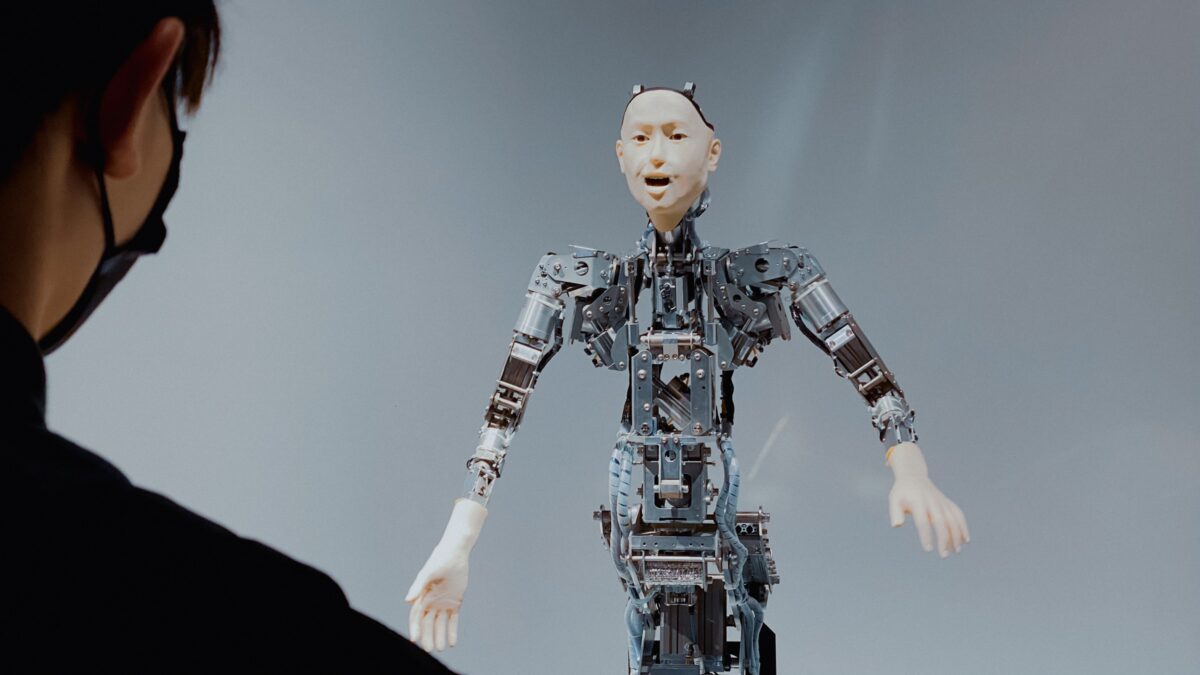Artificial Intelligence (AI) also has plenty to know from animal brains, says neuroscientist Tony Zador. He believes that neuroscience lectures will help the next wave of artificial intelligence conquer certain especially daunting barriers.
Anthony Zador, M.D. , Ph.D., spent his career defining the intricate neuronal networks that make up a functioning brain down to the individual neuron. Yet he began his career learning artificial neural networks (ANNs).
The branching networks of neurons in animal and human brains motivate ANNs, the computational mechanisms behind the latest AI revolution. Typically, however, the large definition is where the creativity stops.
In a recent piece of perspective published in Nature Communications, Zador explains how improved learning algorithms allow AI systems to attain superhuman success on an growing number of more complex issues such as chess and poker. But robots are often stumped by what we consider as the simplest problems.
Finally, overcoming this contradiction may allow robots to learn how to do anything as organic as stalking prey or constructing a nest, or even something as human and repetitive as doing the dishes — a job that Google CEO Eric Schmidt once called a robot’s “literally the number one request… but an extraordinarily difficult problem.”
“The things that we find hard, like abstract thought or chess-playing, are actually not the hard thing for machines. The things that we find easy, like interacting with the physical world, that’s what’s hard,” Zador explained. “The reason that we think it’s easy is that we had half a billion years of evolution that has wired up our circuits so that we do it effortlessly.”
This is why Zador argues that a refined general learning algorithm may not be the key to fast learning. Instead, he proposes that evolution-sculpted biological neural networks offer a sort of scaffolding to promote fast and simple learning for particular tasks — usually the ones that are essential to survival.
Zador refers to your backyard.
“You have squirrels that can jump from tree to tree within a few weeks after birth, but we don’t have mice learning the same thing. Why not?” Zador said. “It’s because one is genetically predetermined to become a tree-dwelling creature.”
Zador suggests one consequence of this genetic predisposition is the innate circuitry which helps direct early learning of an animal. These scaffolding networks, though, are much less common than the supposed panacea of machine learning that most AI experts seek. Unless ANNs found and modified related circuitry sets, Zador believes, the domestic robots of the future could impress us with clean dishes only one day.




